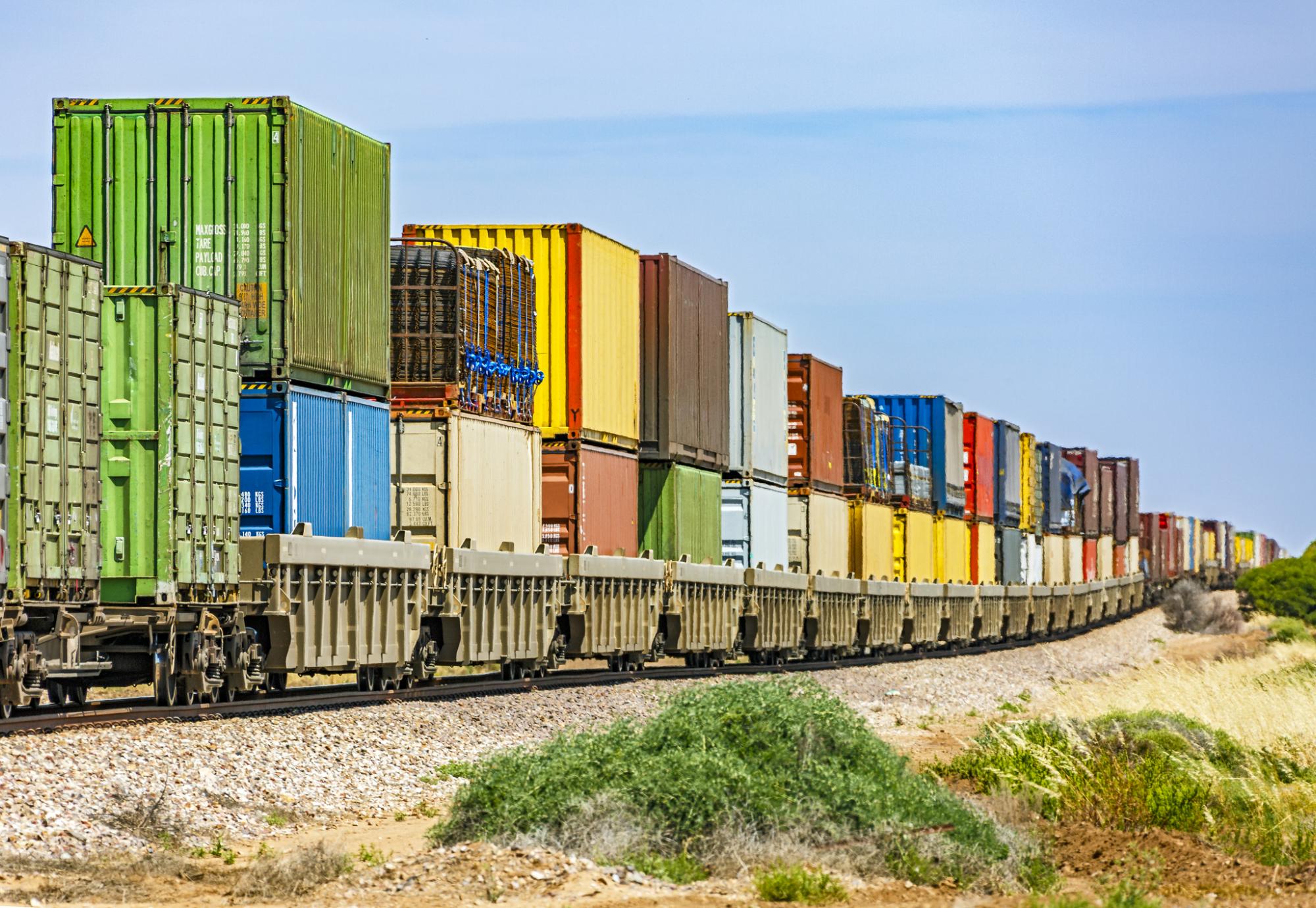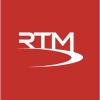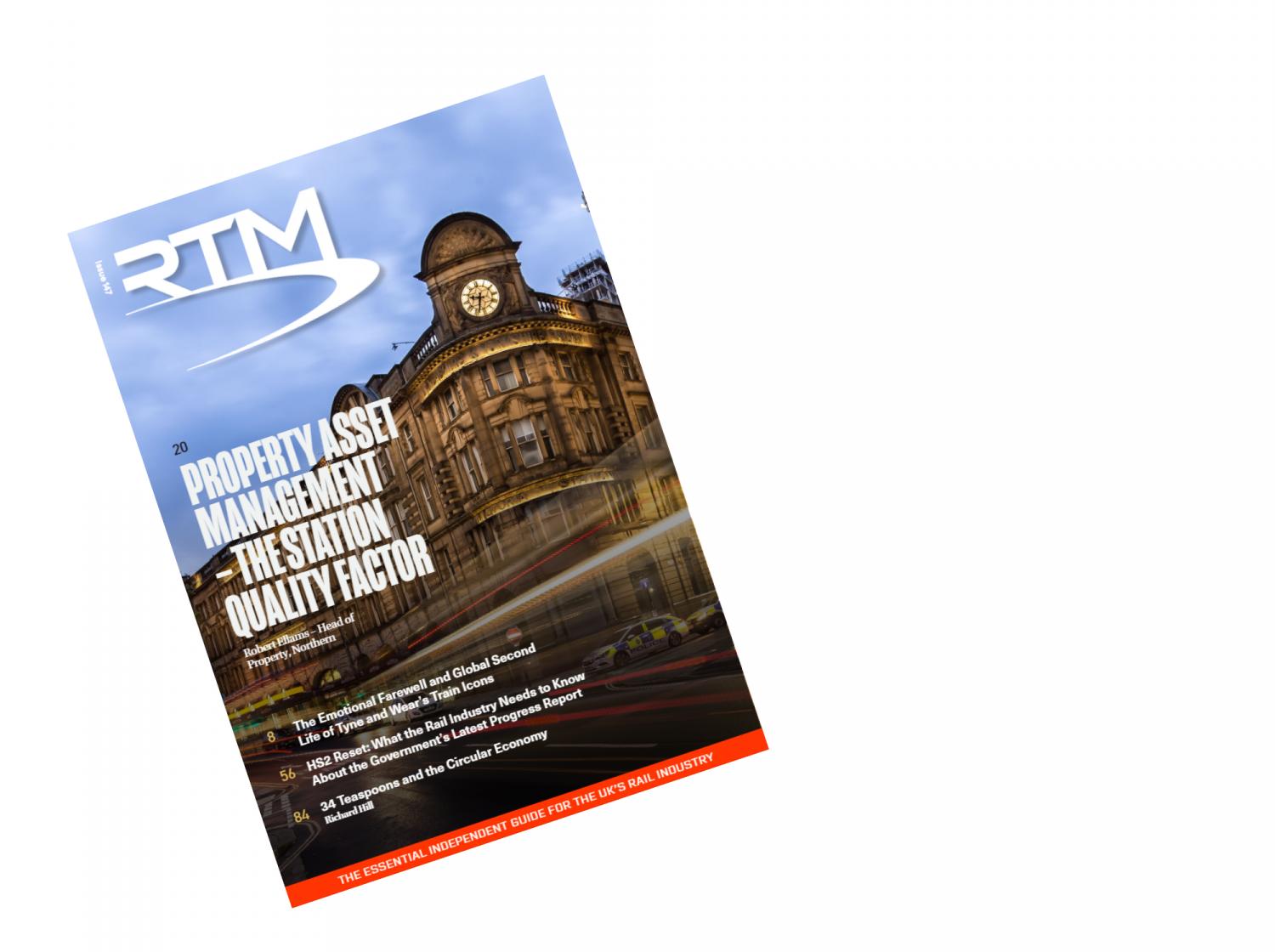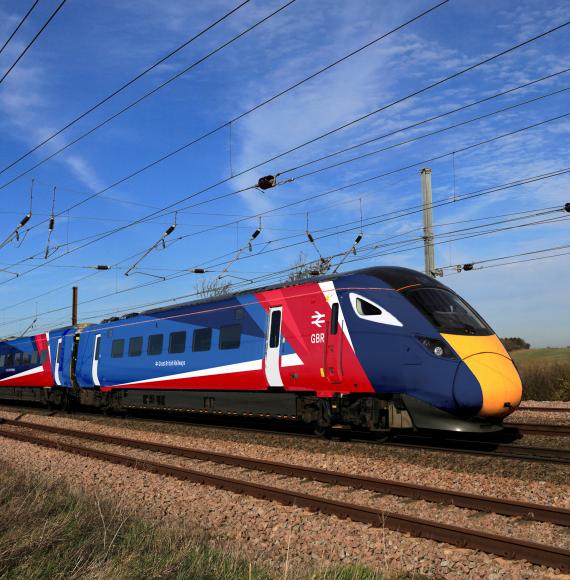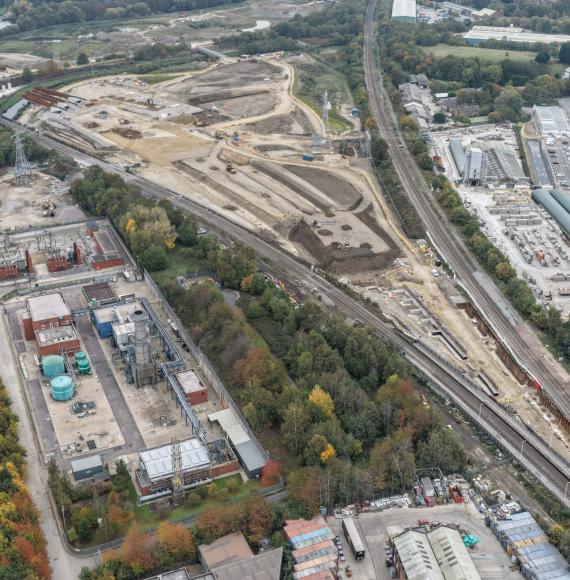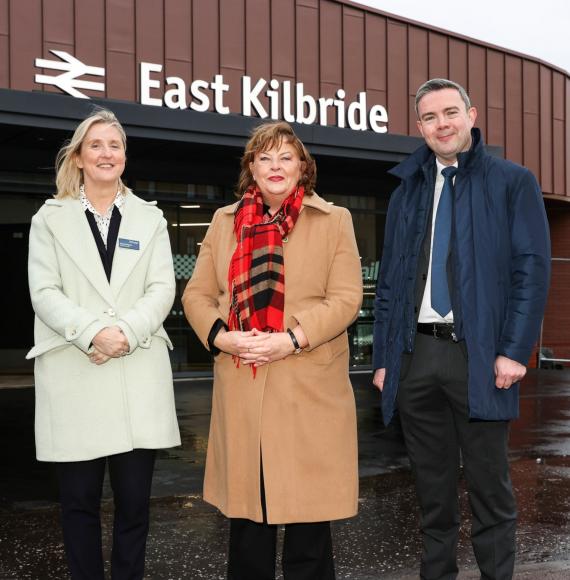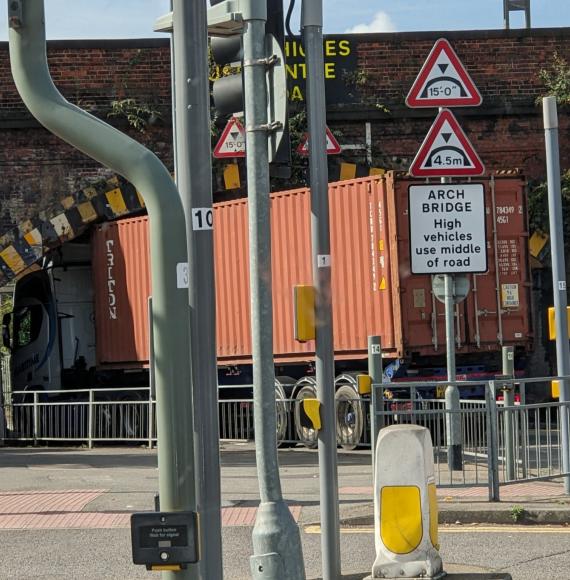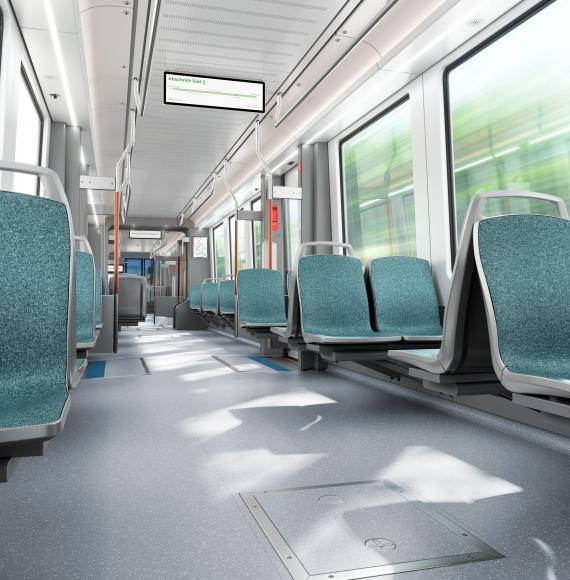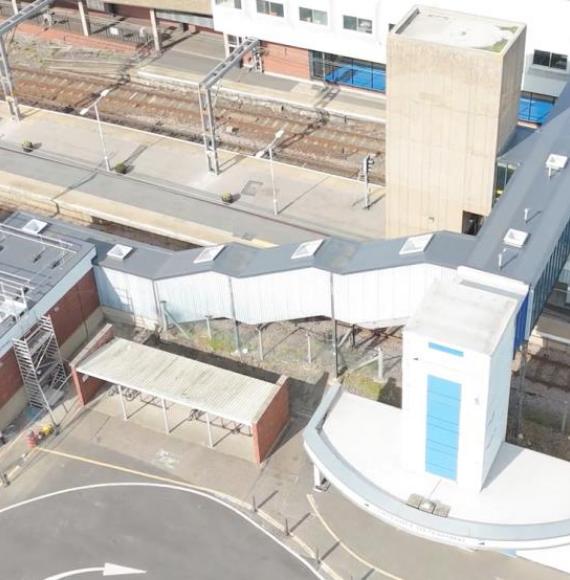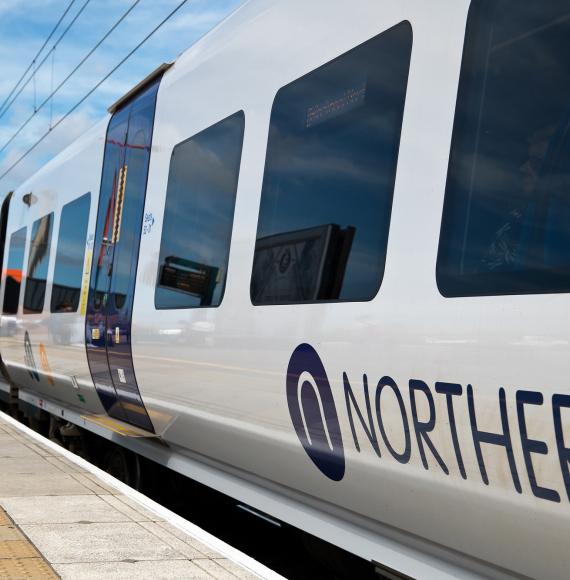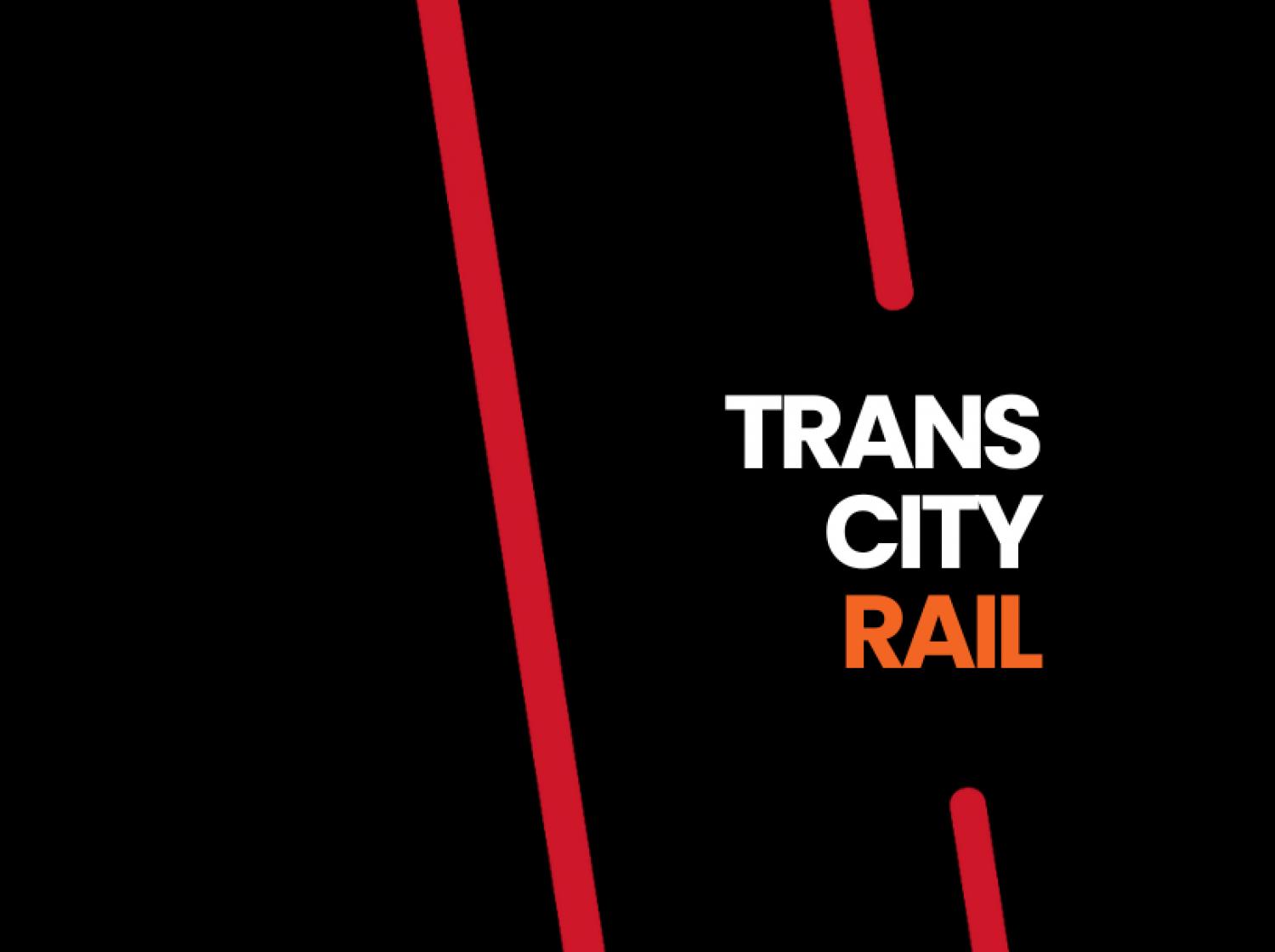Tritax Big Box has set out detailed proposals for Intermodal Logistics Park North (ILP North), a Strategic Rail Freight Interchange (SRFI) at Newton-le-Willows designed to plug the North West more tightly into national rail corridors and global trade routes.
The scheme couples an intermodal rail terminal with large-scale logistics and warehousing, positioned between Liverpool and Manchester with connections to the West Coast Main Line and the Liverpool–Manchester–Transpennine axis.
The developer says ILP North will act as a key node for the Liverpool City Region Freeport, with most of the site already allocated for SRFI use in St Helens Borough Council’s adopted Local Plan (known as Parkside East). That statutory footing is intended to realise local, regional and national ambitions for a rail-led freight platform serving port and inland flows.
At full build-out, the terminal is being designed to handle up to 16 trains per day, supported by dedicated highway access from M6 Junction 22. The logistics component would deliver up to 767,000 m² (c. 8.2 million ft²) of warehousing and ancillary space, including around 177,050 m² of mezzanine floors, alongside landscaping, ecology and active-travel links.
Tritax forecasts up to 6,000 on-site jobs once operational, with thousands more supported during construction across the supply chain. The company frames the scheme as both an economic and environmental intervention: rail freight currently produces about 1% of UK greenhouse gas emissions, and each train can displace up to 76 HGVs—contributing to safer roads and lower carbon for end-to-end logistics.
As a Nationally Significant Infrastructure Project (NSIP), ILP North will proceed through the Development Consent Order (DCO) regime. Following an informal, non-statutory consultation held from 27 January to 21 March 2025, the statutory consultation is anticipated before the end of 2025, ahead of application submission in Q1 2026. The current programme points to acceptance in Q3 2026, examination through 2026–27, and a Secretary of State decision targeted for Q3 2027.
For a region grappling with road congestion and rising demand for low-carbon distribution, the project signals a major shift toward rail-centric logistics—providing high-frequency intermodal capacity, Freeport connectivity and scale warehousing in one integrated platform.
Image credit: iStock

